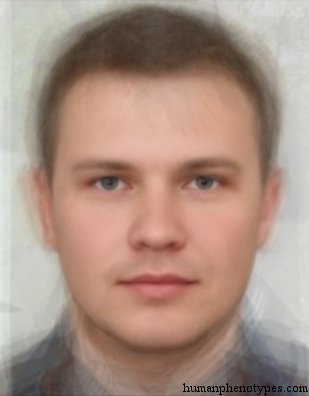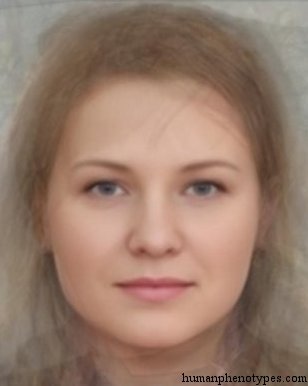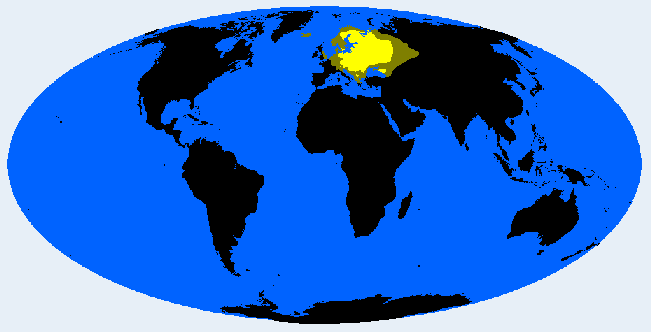Description:
Often depigmented, relatively short-limbed, medium to short-skulled group, found in its highest frequencies in Eastern Europe. Faces tend to be flatter than in other Europeans with stronger cheek bones, they are angular and wide, snub noses common, chin weak, forehead not very high and receding, eyelid narrow. Developed in Northeast Russia during the Neolithic and became more populous since then, especially during the Middle Ages. The East Baltic subgroup in the northern part of its range is often seen as its most typical representative. East Baltids have a western Tavastid variety and an eastern Savolaxid. Among Slavs the Neo Danubian subtype is common. Apart from that, several older varieties have been identified, in particular the Pre Slavic or Sudetic type. European colonists brought East Europids to other regions like North America and Siberia.Names:
Osteuropid (Eickstedt, 1952; Vogel, 1974; Knussmann, 1996), Est-Européenne (Vallois, 1968), Baltica (Biasutti, 1967), Östbaltisk (Lundman, 1988), Baltic (Debets, 1974), East Baltic (Hooton, 1946; Cole, 1965), Northeast European (Coon et al., 1950), East European (Deniker, 1900; Cheboksarov, 1951), Eastern Baltic (Alexeev, 1979), Homo s. slavonicus (Fischer, 1829).






